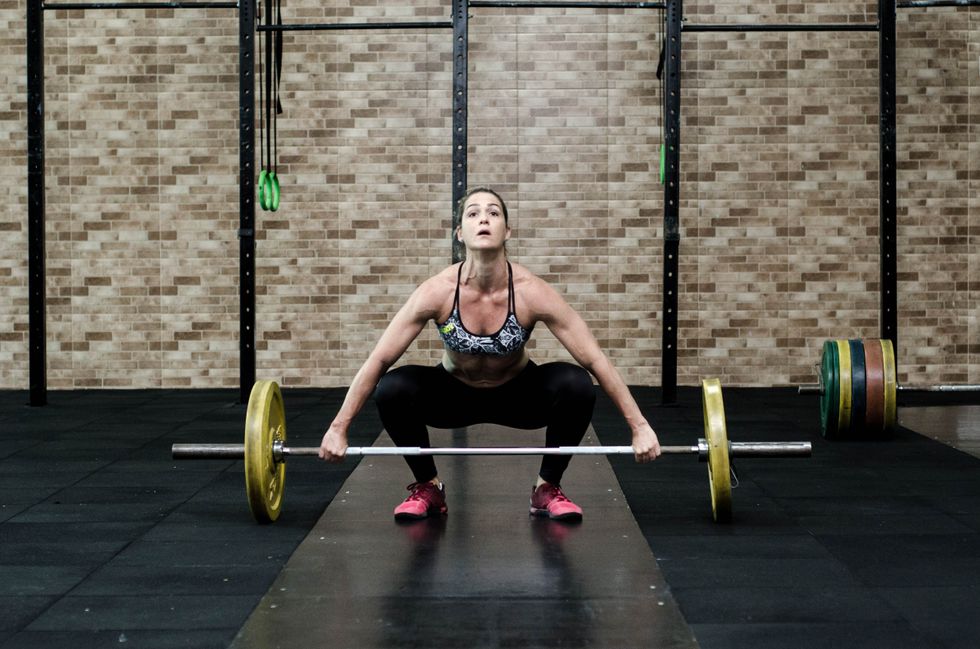In a world dominated by the internet, we're all on the search for free fitness tips; after all, they're everywhere. From the coconut oil phase to protein loading after a workout, we're fed hundreds (if not more) of false fitness tips that either don't work or make progress more difficult. As a huge fitness person myself, I've made it a point to seek out some of the most common fitness misconceptions circulating today.
1. You should protein load after lifting.
While eating (or drinking) protein after a workout can be beneficial to you, it's important to note that your body can only digest 12 to 15 grams of protein per meal. The rest of it will just stick around in your body as extra calories. Unless you're a SERIOUS weightlifter, you shouldn't be protein loading.
2. Lifting weights make women bulky.
This stigma against women in the weight room is almost funny since women don't bulk up as easily as men do. Women have 1/20th to 1/30th the testosterone levels that men do, making it much harder to support the same muscle growth.
People also think that the average woman doesn't need to lift. While some women don't, it could be beneficial to have that extra strength when carrying several heavy textbooks in one arm and an overloaded purse in the other.
3. Doing situps every day will help you get abs.
While situps will definitely help you, you should be doing a number of other things. By simply focusing on your abs in one ab exercise, you're doing something called spot reduction; a fitness myth that tells you that if you work this muscle every day, you'll see results. Working that one muscle will not transform the multiple layers of fat above it.
Burning calories though consistent cardio exercises multiple times a week (for at least 30 minutes) will be a more productive solution to burning belly fat, as well as other unwanted fat, in other areas. Of course, this works much better (and faster) when combined with an improved diet and a calorie deficit.
4. Stretching before a workout decreases the risk of injury.
Stretching without warming up actually could increase your risk of injury. It's like asking someone to lift their max weight right after waking up. Instead of stagnant stretching, opt for a more dynamic approach. For example, instead of doing toe touches right before a heavy squat set, try 20 or more bodyweight squats and lunges first. This will warm your muscles up instead of putting them into a kind of sleep mode. Save the stagnant stretches, like toe touches, for after your workout to help your muscles cool down.
5. Machines are better than free weights.
While machines are very beneficial to people who are injured or new at a movement, free weights give you a better range of motion. Free weights will also help you strengthen your form since you'll be relying on your muscles and tendons to keep the weight in line/steady. The body isn't made to work on an isolated plane of movement.











 Photo by
Photo by 
 Photo by
Photo by 

 Photo by
Photo by  Photo by
Photo by  Photo by
Photo by 













